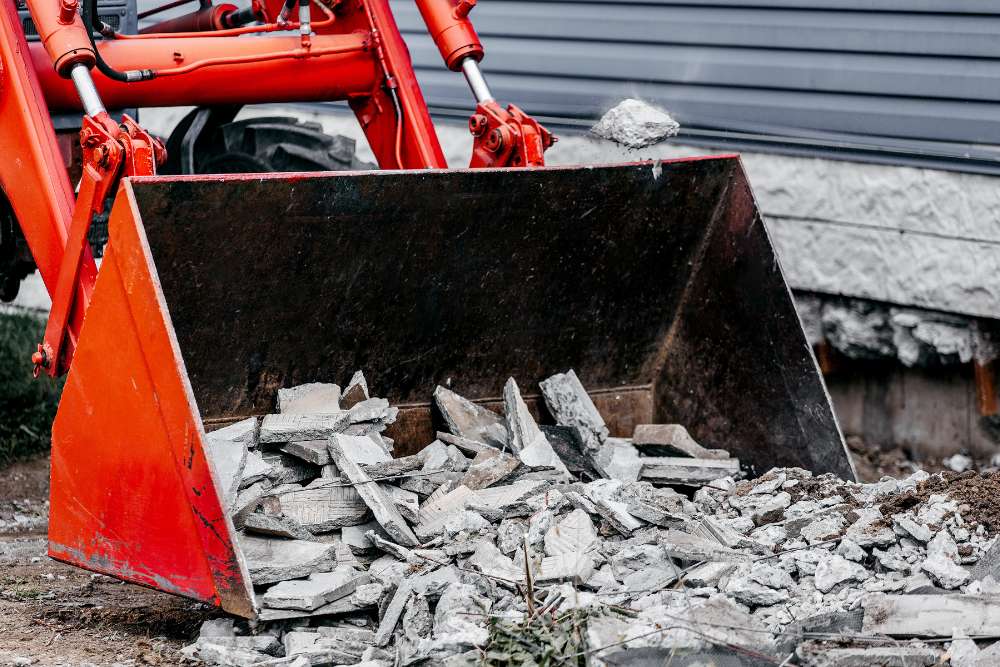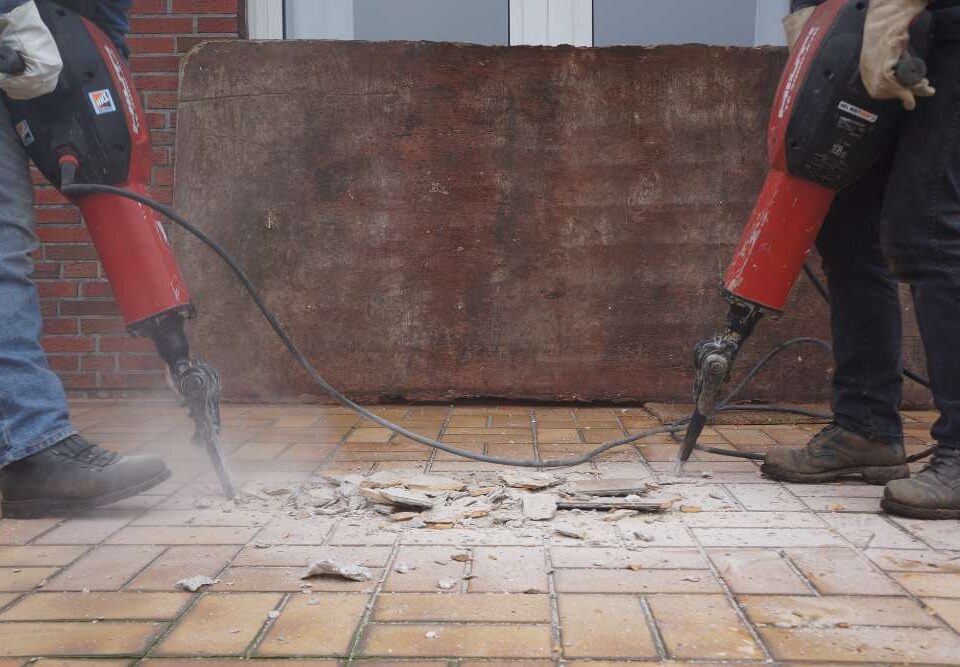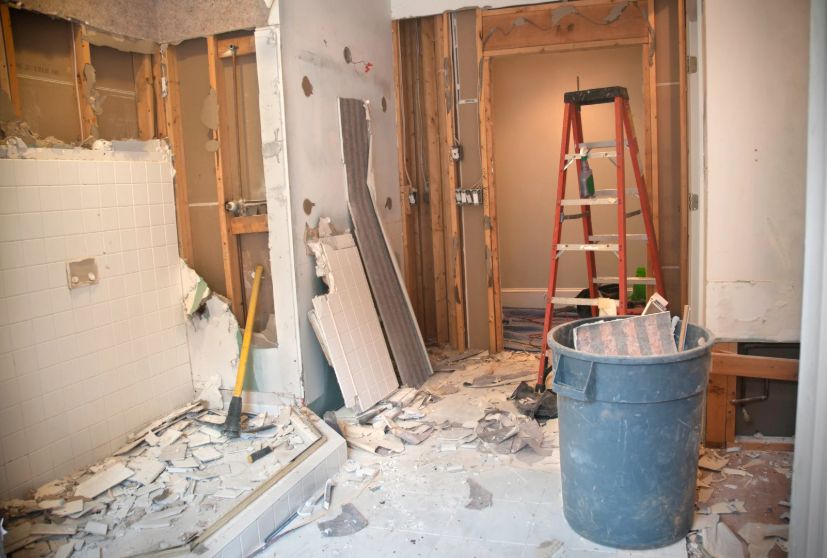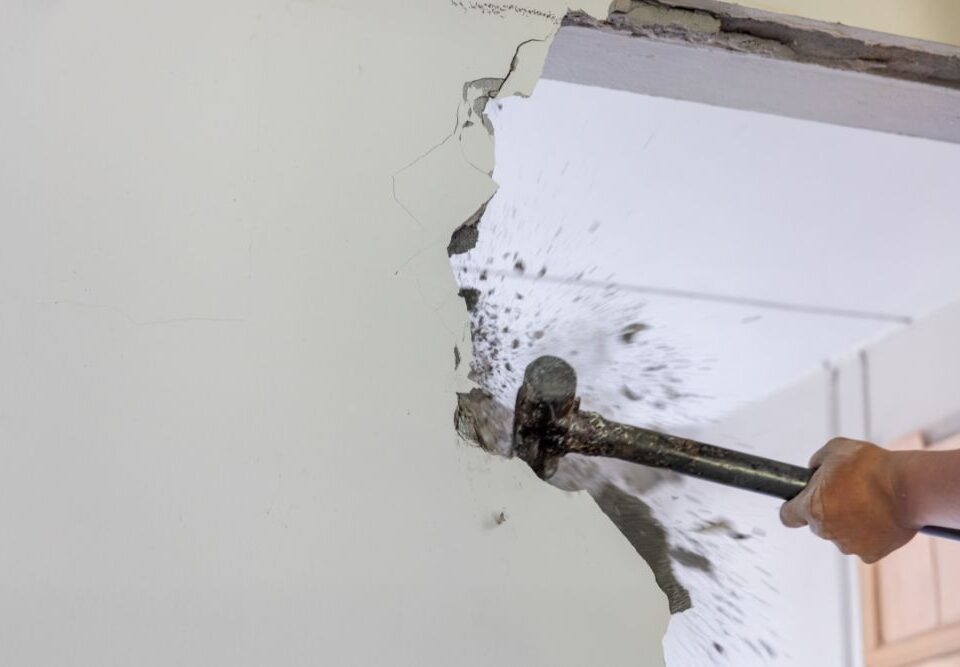
How Junk Removal Supports Efficient Business Operations
August 28, 2025
How to Plan for Shed Demolition and Cleanup
August 29, 2025Tips for Concrete Removal and Disposal
Understanding the Scope of Concrete Removal
Concrete removal can be a physically demanding and time-consuming task, yet proper planning makes it manageable. Begin by assessing the size and weight of the concrete structures or slabs to be removed. A clear understanding of the project’s scope allows for safer handling, whether using manual tools or heavy machinery. Breaking the concrete into smaller sections can make hauling more efficient and reduce the risk of injury. Always ensure the work area is free of obstacles to maintain a smooth workflow and prevent accidents. Safety equipment, including gloves, protective eyewear, and sturdy footwear, should never be overlooked when tackling concrete demolition.
Choosing the right tools is essential. Sledgehammers, jackhammers, and pry bars offer varied levels of impact depending on the thickness of the concrete. For larger projects, renting specialized machinery may be more cost-effective and time-saving than attempting to remove it manually. Efficient removal also involves planning the sequence in which the concrete is broken and moved. A systematic approach can save hours of labor and reduce the strain on your body while ensuring that the work is completed effectively and safely.
Preparing the Area for Disposal
Before starting concrete removal, it is crucial to prepare the disposal area. Identify where the debris will be temporarily stored and how it will be transported. Use heavy-duty tarps or containment bins to prevent scattered debris and minimize environmental impact. Clear a path for hauling equipment and vehicles to avoid unnecessary damage to your property. Consider local regulations for concrete disposal, as certain areas may require concrete to be delivered to a certified recycling facility rather than landfills.
Planning the layout also helps maintain organization during the project. Segregating concrete from other materials, such as wood or metal, simplifies disposal and recycling processes. Having a clear, designated area reduces clutter, making it easier to work efficiently and safely. Even small details, like the placement of shovels and wheelbarrows, can make a significant difference in the pace and safety of removal. Preparedness at this stage sets the tone for a smooth and effective cleanup.
Tools and Equipment for Effective Concrete Removal
Selecting the appropriate tools and equipment is critical for concrete removal efficiency. Hand tools, such as sledgehammers and chisels, offer control for small sections, while powered tools, like jackhammers and demolition saws, handle larger or thicker slabs more effectively. Wheelbarrows and heavy-duty gloves are indispensable for transporting debris safely. For extensive projects, renting machinery like skid steers or mini-excavators can save considerable labor time while minimizing physical strain.
Proper use and maintenance of equipment ensure safety and longevity. Inspect each tool before use to prevent malfunctions that could cause injury or damage property. Always operate machinery following manufacturer guidelines and local safety regulations. A combination of careful tool selection and disciplined usage will streamline the removal process, making it more predictable, efficient, and safer for everyone involved.
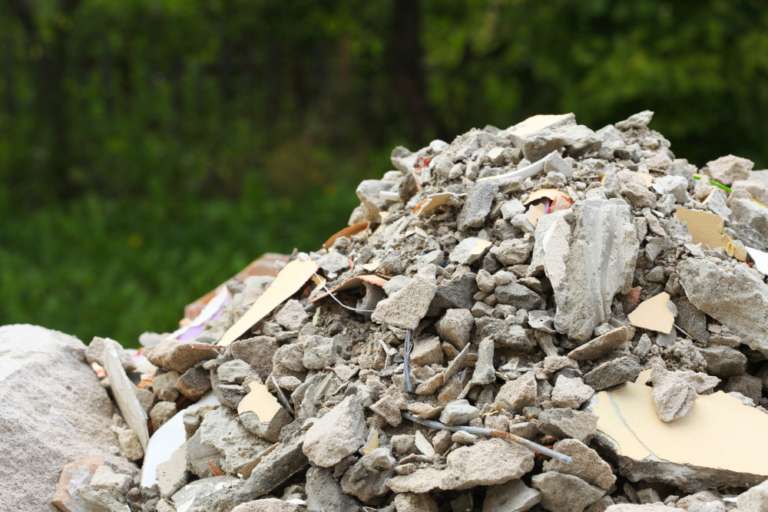
Safety Measures During Concrete Removal
Concrete removal carries inherent risks, making safety measures paramount. Wear personal protective equipment such as gloves, steel-toed boots, and safety goggles to shield against sharp edges and flying debris. Ensure that the area is well-ventilated if using power tools that produce dust or fumes. Position heavy objects thoughtfully to prevent unexpected shifts, and maintain clear communication if working with a team to avoid accidents.
Additionally, consider ergonomics when lifting or breaking concrete. Use proper lifting techniques and take breaks to reduce fatigue. Mark off the work zone to keep bystanders away and prevent accidental injuries. By prioritizing safety, the removal process becomes more controlled, efficient, and less likely to result in harm, creating a secure environment for everyone involved.
Strategies for Breaking Concrete Efficiently
Breaking concrete efficiently requires a combination of technique and proper tools. Begin with scoring or cutting lines to create controlled break points, making larger slabs easier to manage. Use leverage from pry bars or wedges to lift and shift pieces after initial breaks. Working methodically across the surface prevents uncontrolled cracks and allows for smoother debris handling.
Timing and rhythm also contribute to effectiveness. Avoid excessive force in one spot, which can damage tools or increase the risk of injury. A steady, calculated approach produces consistent results, reduces wasted effort, and maintains a safer work environment. Proper preparation and technique ensure that even substantial concrete structures can be dismantled efficiently without unnecessary strain.
Transportation and Hauling Considerations
Once concrete pieces are broken, transporting them safely is essential. Heavy-duty wheelbarrows, dollies, or small trailers can facilitate movement from the work area to the disposal site. Ensure that loads are balanced to prevent tipping, and avoid overloading to reduce the risk of strain or injury. For large projects, multiple trips or using machinery may be necessary.
Planning the route is also important. Clear obstacles and protect pathways to prevent damage to property or injury to workers. Securing debris during transport prevents scattering and maintains safety. Thoughtful transportation strategies make the disposal process smoother and faster, ensuring that concrete is handled efficiently from removal to disposal.
Recycling and Environmentally Friendly Disposal
Concrete recycling is an increasingly popular and environmentally responsible option. Recycled concrete can be crushed and repurposed for new construction, roadbeds, or landscaping projects. This approach reduces landfill waste, conserves resources, and lowers disposal costs. Locate nearby facilities that accept concrete for recycling and familiarize yourself with their requirements for delivery and sorting.
Separating concrete from other construction debris simplifies recycling efforts. Remove contaminants such as wood, metal, and plastics before transport. Recycling not only minimizes environmental impact but also supports sustainable practices in the construction and demolition industry. By choosing responsible disposal, you contribute to a cleaner, more resource-efficient community while managing your concrete waste effectively.
Common Challenges in Concrete Disposal
Concrete disposal can present challenges if not planned carefully. Heavy weight, irregular shapes, and limited access to disposal sites can slow progress and increase risk. Anticipate these obstacles by preparing tools, manpower, and transport in advance. Ensure proper lifting techniques and team coordination to handle cumbersome pieces safely.
Weather conditions may also affect the removal process. Wet or frozen concrete can be harder to break and transport. Planning for contingencies ensures minimal disruption to the project. Understanding potential difficulties beforehand allows for better preparation and reduces the likelihood of accidents, ensuring that concrete removal remains efficient and controlled.
Cost Considerations and Planning
The cost of concrete removal varies depending on project size, complexity, and disposal method. Budget for necessary tools, equipment rentals, and potential hauling fees. Labor costs should also be considered, whether hiring professionals or organizing a team for manual removal. Planning ahead helps avoid unexpected expenses and keeps the project within budget.
Evaluate different disposal options, such as recycling centers or local landfills, to determine the most cost-effective solution. Incorporate the time required for removal, transportation, and cleanup into the plan. Strategic budgeting and planning streamline the project, providing a clear roadmap for both financial and logistical management of concrete removal and disposal.
Hiring Professionals for Concrete Removal
Hiring professional services can simplify concrete removal and disposal significantly. Professionals bring expertise, equipment, and manpower, allowing projects to be completed faster and safer. They can manage large slabs, handle transportation, and ensure compliance with local disposal regulations, reducing stress and risk for homeowners or contractors.
Professional teams also provide insurance coverage, which protects against accidents and property damage. Their experience in efficiently breaking, hauling, and disposing of concrete can save time, effort, and money compared to a DIY approach. Enlisting professional help ensures that even complex concrete projects are handled with precision and care, resulting in a smoother and more predictable outcome.
Conclusion
Effectively removing and disposing of concrete requires careful planning, proper tools, safety measures, and environmental awareness. By considering the project scope, preparing the area, selecting the right equipment, and implementing safety protocols, the process becomes manageable and efficient. Transporting debris responsibly and exploring recycling options further enhances the effectiveness of concrete management. Budgeting and anticipating challenges ensure that projects remain on track without unnecessary stress or expense.
For those who prefer professional assistance, North Bay Junk Removal in Santa Rosa, CA, offers comprehensive junk removal services, including concrete disposal. Their team provides skilled manpower, equipment, and adherence to local regulations, making the process seamless and stress-free. Contact them at 707-478-6817 to schedule a service and reclaim your space efficiently. Their expertise ensures that every project is handled with care, safety, and environmental responsibility.

